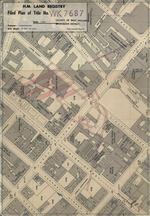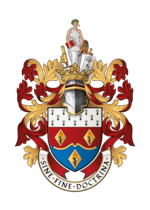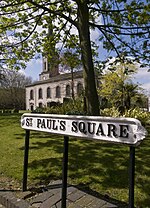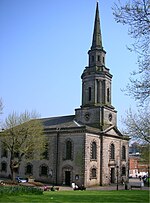BT Tower, Birmingham
1966 establishments in EnglandBritish Telecom buildings and structuresBuildings and structures completed in 1966Buildings and structures in Birmingham, West MidlandsCommunication towers in the United Kingdom ... and 1 more
Towers in the West Midlands (county)

The BT Tower, formerly known as the Post Office Tower and the GPO Tower, is a landmark and telecommunications tower in Birmingham, England. It is the tallest structure in the city. Its post office code was YBMR.
Excerpt from the Wikipedia article BT Tower, Birmingham (License: CC BY-SA 3.0, Authors, Images).BT Tower, Birmingham
Lionel Street, Birmingham Ladywood
Geographical coordinates (GPS) Address External links Nearby Places Show on map
Geographical coordinates (GPS)
| Latitude | Longitude |
|---|---|
| N 52.483419444444 ° | E -1.9044305555556 ° |
Address
BT Tower
Lionel Street
B3 1DA Birmingham, Ladywood
England, United Kingdom
Open on Google Maps










